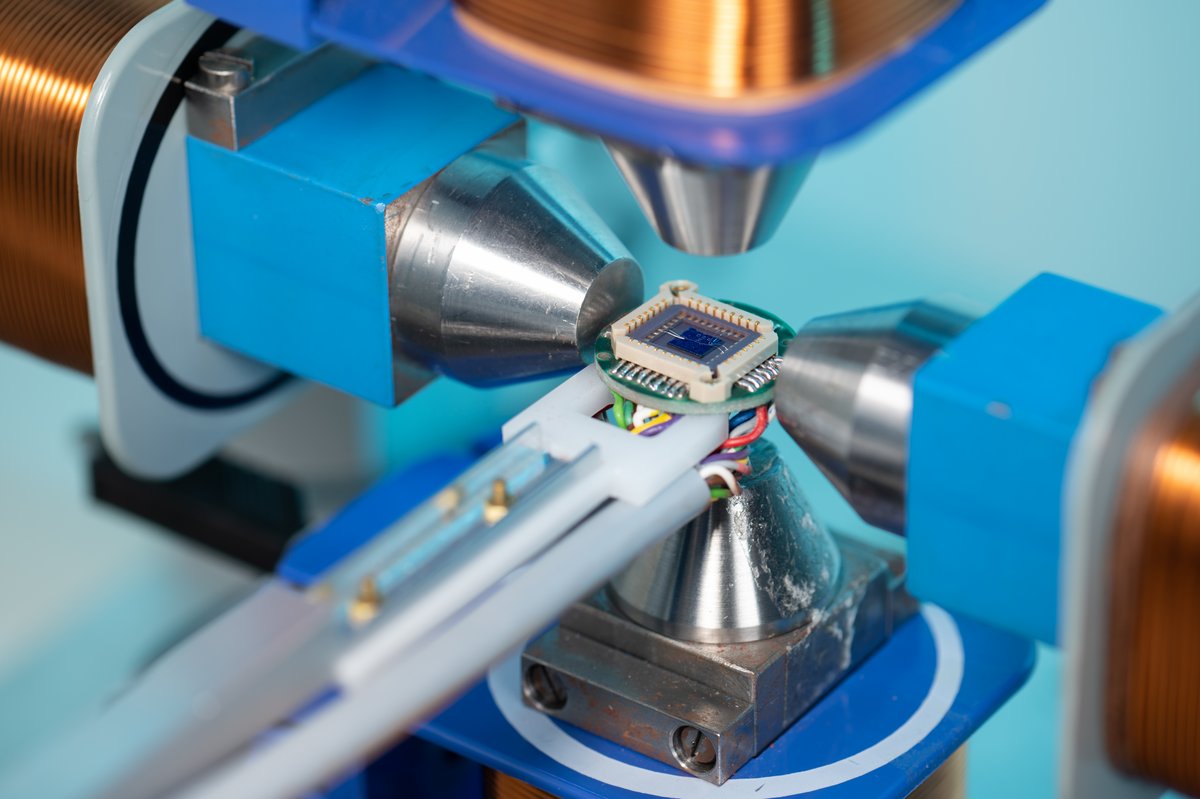Magnetotransport

Magnetotransport investigations are a major line of research in the Goennenwein group. The experimental work can be roughly divided into three categories: (i) electrically driven effects, (ii) thermally driven effects, and (iii) pure spin currents. Since spin, heat, and charge transport are often simultaneously at play, the term spin caloritronics is now increasingly used when referring to this type of research.
In experiments of type (i), we measure e.g. the anisotropic magneto-resistance, the anomalous Hall effect, or the topological Hall effect in thin film microstructures. The experiments aim at understanding whether and how the structure of the crystal lattice and/or the electronic band structure properties reflect in the transport response. For example, certain magnetic Weyl semimetals show a very large and robust anomalous Hall effect arising from topologically non-trivial features in the band structure.
Liu et al., Nature Physics 14, 1125 (2018).
https://www.nature.com/articles/s41567-018-0234-5
Limmer et al., Physical Review B 74, 205205 (2006).
https://journals.aps.org/prb/abstract/10.1103/PhysRevB.74.205205
Experiments in category (ii) include thermally driven effects such as magneto-thermopower or the anomalous Nernst effect. Crystal lattice symmetry and topological effects also play an important role here. Since the thermo-galvanic response of a thin film is often difficult to separate from that of the much thicker substrate on which the film was deposited, we in particular also are developing dedicated measurement platforms and measurement schemes for such experiments.
Reichlova et al., Nature Communications 10, 5459 (2019).
https://www.nature.com/articles/s41467-019-13391-z
Schlitz et al., Nano Letters 19, 2366 (2019).
https://pubs.acs.org/doi/abs/10.1021/acs.nanolett.8b05042
In experiments of type (iii), we concentrate on the transport of pure spin currents, i.e., the directed flow of angular magnetic momentum without a simultaneous (net) charge flow. We typically use a metal with large spin Hall effect to generate and detect spin current flow, and a magnetic insulator as the spin current conductor. In such structures, we thus measure e.g. the spin Hall magneto-resistance, the spin Seebeck effect, or the spin Nernst effect. Magnetic insulators with non-trivial spin texture, caused for example by canted magnetic sublattices or magnetic frustration effects, are particularly interesting in this regard. A second and increasingly important class of experiments addresses pure magnon currents in nanostructures made of metals and magnetic insulators. In addition to the magnon diffusion length in magnetic insulators, magnon amplification and spin superfluidity are important current topics here.
Meyer et al., Nature Materials 16, 977 (2017).
https://www.nature.com/articles/nmat4964
Nakayama et al., Physical Review Letters 110, 206601 (2013).
https://journals.aps.org/prl/abstract/10.1103/PhysRevLett.110.206601
